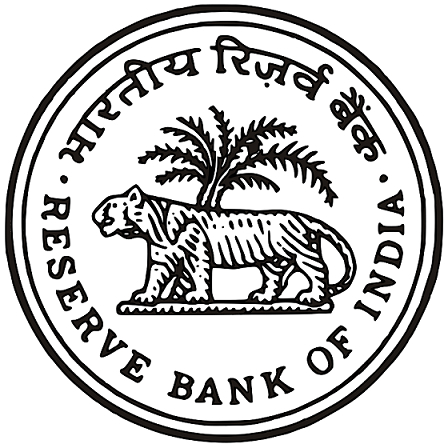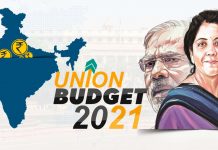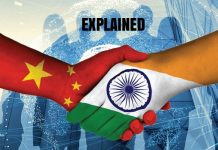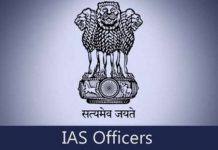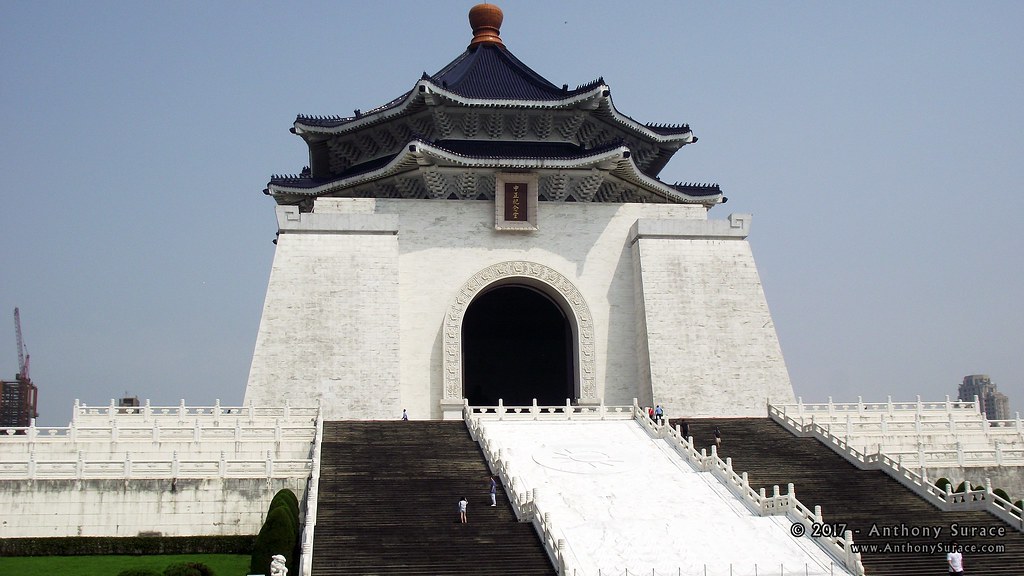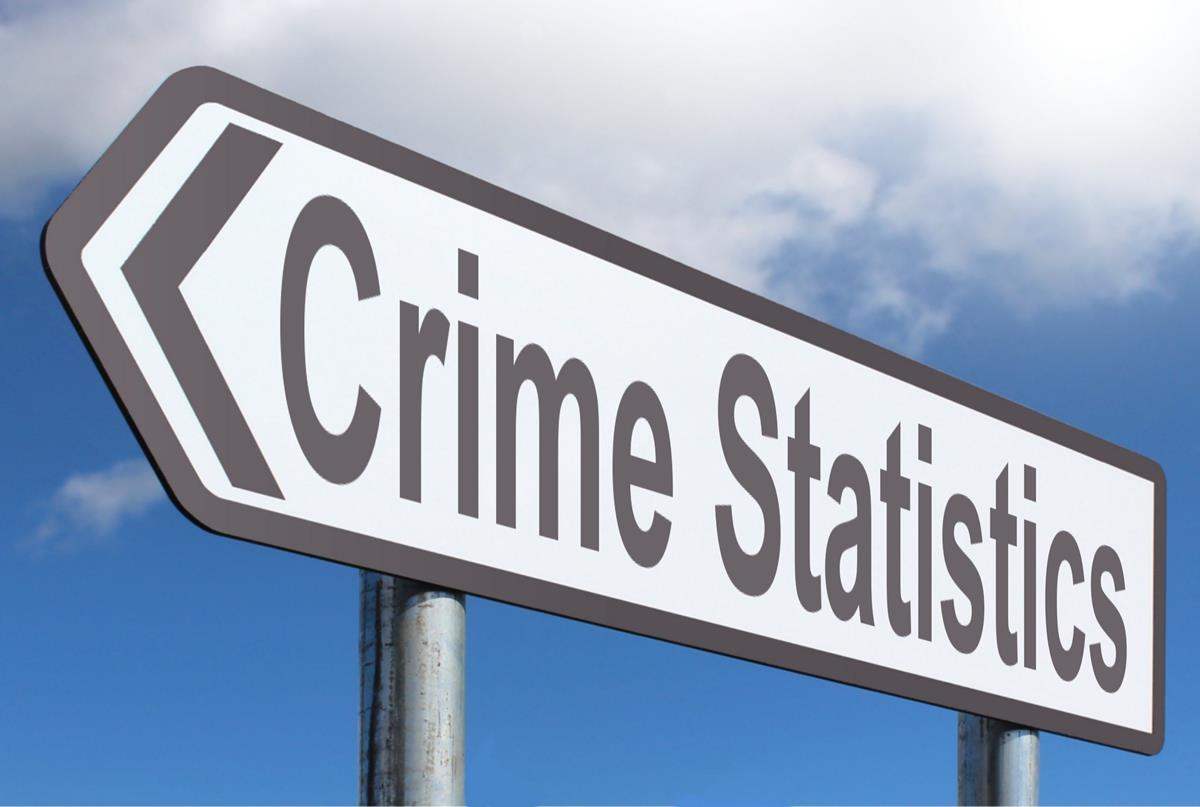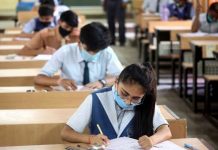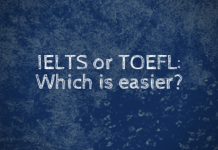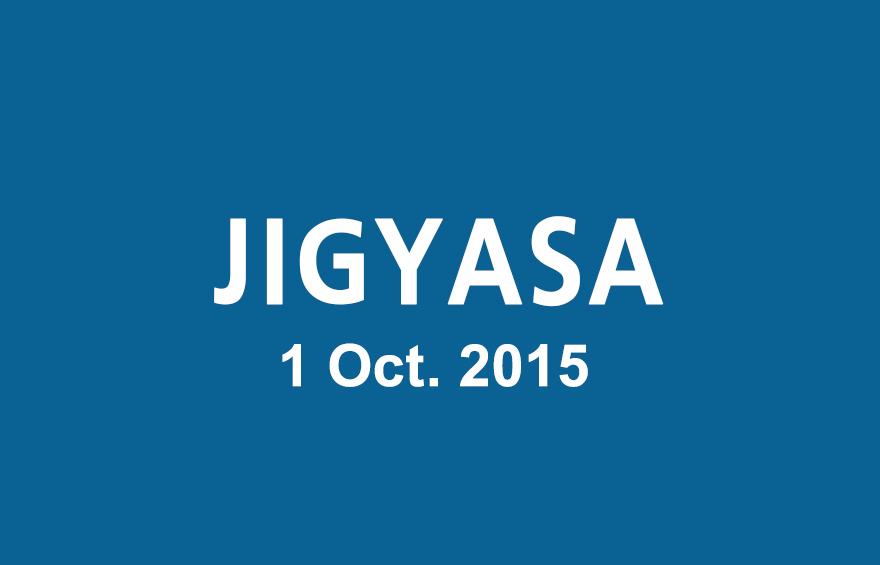Your Score:
Your Ranking:
Daily PT Capsule Mar 16
Kakrapar leak a Level 1 nuclear mishap
The Atomic Energy Regulatory Board(AERB) has classified nuclear reactor leak at the Kakrapar atomic power station (KAPS) as Level-1, or the lowest in a seven-rung classification scheme internationally used to rate the severity of nuclear mishaps.
One of the pipes carrying heavy water ruptured and led to leakage on the floor of the reactor building. Though plant operators have identified the location of the leak, it will take a while for it to be plugged. Moreover, the leak occurred in a subsystem that had been refurbished with better quality material in 2011, as part of a planned upgrade.
In a update by AERB there has been no sign of leaked radiation and the health of workers hasn’t been compromised in anyway whatsoever.
However, independent experts said it was “surprising†that the incident was classified as only a Level-1 incident. “Right now we have contradictory reports on the quantum of the leak. A Level-1 classification may be underestimating the seriousness of the incident,†said A. Gopalakrishan, the former Chairman, AERB, and a critic of India’s nuclear establishment.
Analysis
What is the International Nuclear and Radiological Event (INES)? – The International Nuclear and Radiological Event (INES) scale, developed by the International Atomic Energy Authority, rates a Level 1 as only akin to ‘an anomaly in the plant.’ Levels 1-3 are termed ‘incidents’ and 4-7 as ‘accident.’ By comparison, the nuclear accidents in Fukushima, Japan, in 2011 and Chernobyl, Russia, in 1986 were Level 7 incidents, according to the Atomic Energy Regulatory Board (AERB) update.
What is the AERB? – The Atomic Energy Regulatory Board (AERB) was constituted on November 15, 1983 by the President of India by exercising the powers conferred by Section 27 of the Atomic Energy Act, 1962 (33 of 1962) to carry out certain regulatory and safety functions under the Act.
The regulatory authority of AERB is derived from the rules and notifications promulgated under the Atomic Energy Act, 1962 and the Environmental (Protection) Act, 1986.
The mission of the Board is to ensure that the use of ionising radiation and nuclear energy in India does not cause undue risk to health and the environment. Currently, the Board consists of a full-time Chairman, an ex officio Member, three part-time Members and a Secretary.
Source: The Hindu
Smaller Pictorial warnings for tobacco recommended
The order regarding pictorial warnings covering 85% of the principal display area of the front and back sides of all tobacco products was supposed to be implemented starting next month. But in the meantime the Parliamentary Committee on Subordinate Legislation report on Tuesday, 15th March said that the requirement will be “too harsh†on the tobacco industry and will result in “flooding of illicit cigarettes†and affect the livelihood of thousands of tobacco farmers and workers.
The committee has recommended that pictorial warnings be restricted to only 50 per cent on both the sides of the cigarette packets.
In the case of beedis, chewing tobacco and other tobacco products, the committee recommended that the warning be restricted 50 per cent of the display area and on only one side of the packet.
In the case of beedis, it said that there would be “virtually no space left for printing the brand name and logo†if 85 per cent of area is earmarked for printing the warning on both sides. The committee has not stated the logic for restricting the warning to only one side in the case of chewing tobacco products.
Being a Committee on Subordinate Legislation, its mandate is only to look at whether the Cigarette and Other Tobacco Products (Packaging and Labelling) Amendment Rules, 2014 are in confirmation with legislation under which they are made.
Analysis
What is the Committee on Subordinate Legislation(Lok Sabha)? – The Committee consists of 15 members nominated by the Speaker. A Minister is not nominated to this Committee. The Committee scrutinizes  and reports to the House whether the powers to make regulations, rules, sub-rules, by-laws etc. conferred by the Constitution or  delegated by Parliament are being properly exercised by the executive within the scope of such delegation.
Source: The Hindu
Space Tourism rules needed says UN
The UN aviation agency called on Tuesday for regulations on space travel to be enacted within five years in order to bolster a burgeoning space tourism and transportation sector.
The International Civil Aviation Organization ‘recognizes that sub-orbital and outer space flights will foster new tourism and transport markets.
The ICAO also cited a steady increase in rocket ship launches, and commercial spaceports are now becoming ‘operational realities,’ the Montreal-based agency said in a statement.
The agency suggested adapting the existing regulatory framework for aviation, for which the ICAO and national governments are responsible.
Analysis
What is ICAO? – The International Civil Aviation Organization is a specialized agency of the United Nations. It codifies the principles and techniques of international air navigation and fosters the planning and development of international air transport to ensure safe and orderly growth. Its headquarters are located in the Quartier International of Montreal, Canada.
The ICAO Council adopts standards and recommended practices concerning air navigation, its infrastructure, flight inspection, prevention of unlawful interference, and facilitation of border-crossing procedures for international civil aviation. ICAO defines the protocols for air accident investigation followed by transport safety authorities in countries signatory to the Convention on International Civil Aviation (Chicago Convention).
Source: Daily Mail UK
Income Norm for LPG subsidy imposed
The centre has begun debarring LPG users who earn more than Rs. 10 lakh a year from subsidy. After running the GiveitUp campaign the government has started targeting subsidy exclusion based on income.
The government  identified around 3 lakh people with an income of more than Rs. 10 lakh. They have been sent SMSs and their subsidy will be removed.
Analysis
What is the Give It Up campaign? – The Give It Up campaign  is an initiative to motivate well off individuals to give up their LPG subsidy. In a Mann KI Baat speech by PM Modi he mentioned that 30 lakh people gave up their subsidy. He termed it as a ‘silent revolution’.
The gains of this  initiative to the national exchequer could be to the tunes of 100-150 crore annually.
Source: The Hindu, Business Standard
End to Inspector Raj for jewellers
Jewellers are conducting nation-wide strike in protest against the Union Budget announcement of a 1 per cent excise levy. Only jewellers who have an annual turnover of more than Rs 12 crore will be liable to pay a nominal 1 per cent excise duty if they do not claim inputs tax credit. The centre has offered an end to ‘Inspector Raj’ for jewellers in a bid to stop the protests.
The government has asked the Central Excise Department to keep its inspectors away from the premises of jewellers who will now file quarterly returns and pay excise duty electronically every month through a voluntary disclosure of stocks. Any grievance or dispute will be resolved by a commissioner-level officer.
Analysis
Is there a need to increase tax on gold and jewellery? – As per the Economic Survey Gold is a strong demerit good: the ‘rich’ consume most of it (the top 20 per cent of population account for roughly 80 per cent of total consumption) and the poor spend almost negligible fraction of their total expenditure on it. Yet gold is only taxed at about 1-1.6 per cent (States and Centre combined), compared with tax of about 26 per cent for normal goods (the central government’s excise tax on gold is zero compared with 12.5 per cent for normal commodities.)
In other words, there is a huge subsidy of about 25 percentage points (the difference between average tax on other commodities and tax on gold). About 98 per cent of this subsidy accrues to the better-off and only 2 per cent to the bottom 3 deciles. And this is an under- estimate because the data on consumption is from the NSS, which is known not to capture those at the very top end of the income and expenditure distribution.
Source: The Hindu, Â Economic Survey
Take the Quiz below to know your preparation Level!Â
Your Score:
Your Ranking:
Daily PT Capsule Mar 15
Ethics committee to scrutinize conduct
The Ethics committee of Rajya Sabha will scrutinize the conduct of VIjay Mallya who left India even as public sector banks moved the Supreme Court to recover dues of up to Rs. 9,000 crore from him. He is a member of Rajya Sabha.
Meanwhile, the CBI has registered its case under Section 409 (criminal breach of trust) read with Section 120 B (criminal conspiracy) of the Indian Penal Code and other provisions of the Prevention of Corruption Act against unknown IDBI officials pertaining to abuse of office to extend favours allegedly to Vijay Mallya’s Kingfisher Airlines.
Analysis
What is the Ethics committee of Rajya Sabha? – The Ethics Committee of Rajya Sabha was constituted by the Chairman, Rajya Sabha on 4 March 1997, with the mandate to oversee the moral and ethical conduct of members and to examine cases referred to it with reference to ethical and other misconduct of members. In respect of procedure and other matters, the rules applicable to the Committee of Privileges apply to the Ethics Committee with such variations and modifications as the Chairman, Rajya Sabha may from time to time make.
Leaders of political parties/groups in Rajya Sabha are nominated as the members of the Ethics Committee. The Chairman of the Committee is nominated by the Chairman, Rajya Sabha from among its members. It has 10 members in total.
Source: TheHindu
Challenges to Aadhaar
The Aadhaar (Targeted Delivery of Financial and Other Subsidies, Benefits and Services) Bill, 2016, Â was passed in the Lok Sabha as a money bill. The bill has been referred to the Rajya Sabha which will have to return it in 14 days in any case.
Civil groups and opposition have been criticizing the government for passing the bill as money bill. The States have their own concerns about the Aadhaar Bill, and that was why a discussion in the Rajya Sabha was vital.
Almost 40 per cent of people who have obtained Aadhaar numbers say that it has not helped them, with banking correspondents in rural areas reporting that accounts opened under the Pradhan Mantri Jan Dhan Yojana (PMJDY) using Aadhaar face authentication issues, leading to failed transactions, according to a report by the international financial inclusion consultancy MicroSave.
Finance Minister Arun Jaitley had, at the time of introducing the Bill in Parliament, said that targeting the LPG subsidy through Aadhaar had resulted in savings of over Rs.15,000 crore by the Centre. Four States which had started PDS delivery by a similar exercise on a pilot basis had saved more than Rs.2,300 crore, he said.
Analysis
What is a money bill? – Under Article 110 (1) of the Constitution, a Bill is deemed to be a Money Bill if it contains provisions dealing with six specific matters [Article 110 (1)(a) to (1)(f)] broadly related to imposing, abolishing or regulating a tax; regulating government borrowings; the Consolidated and Contingency Funds of India; and “any matter incidental to any of the matters specified in (the previous six) sub-clauses… [Article 110(1)(g)]â€. The expression “incidental to†makes the definition of a Money Bill comprehensive.
If any question arises whether a Bill is a Money Bill or not Article 110(3) says, “the decision of the Speaker of the House of the People thereon shall be finalâ€.
Under Article 109(1), a Money Bill cannot be introduced in Rajya Sabha. Once passed by Lok Sabha, it is sent to Rajya Sabha — along with the Speaker’s certificate that it is a Money Bill — for its recommendations. Rajya Sabha cannot reject or amend the Bill, and must return it within 14 days, after which Lok Sabha may accept or reject its recommendations. In either case, the Bill is deemed to have been passed by both Houses. Under Article 109(5), if Rajya Sabha fails to return the Bill to Lok Sabha within 14 days, it is deemed to have been passed anyway.
What is the Aadhaar Bill? – The Bill intends to provide for targeted delivery of subsidies and services to individuals residing in India by assigning them unique identity numbers, called Aadhaar numbers. Every resident shall be entitled to obtain an Aadhaar number.
Eligibility – A resident is a person who has resided in India for 182 days, in the one year preceding the date of application for enrolment for Aadhaar.
Use – To verify the identity of a person receiving a subsidy or a service, the government may require them to have an Aadhaar number. Â If a person does not have an Aadhaar number, government will require them to apply for it, and in the meanwhile, provide an alternative means of identification.
Revealing Information – Information related to aadhaar can be revealed in interest of national security and on the order of the court.
Unique Identification Authority – The key functions of the UID authority include, (i) specifying demographic and biometric information to be collected during enrolment, (ii) assigning Aadhaar numbers to individuals, (iii) authenticating Aadhaar numbers, and (iv) specifying the usage of Aadhaar numbers for delivery of subsidies and services. Â The UID authority will consist of a chairperson, two part-time members and a chief executive officer. Â The chairperson and members are required to have experience of at least ten years in matters such as technology, governance, etc.
Source: TheHindu, TheIndian Express, PRS
Russian troops withdrawal from Syria
Russian President Vladimir Putin on Monday, 14th March 2016 ordered the defence ministry to begin the withdrawal of Russian forces from Syria from Tuesday. The Kremlin announced that Mr. Putin had called President Bashar Al-Assad to inform Moscow’s long-standing ally of the surprise move that appears to end the main part of its intervention in Syria’s conflict that began in September, 2015.
Russia began its bombing campaign in support of Mr. Assad’s forces in September, a move that helped shore up the Syrian regime’s crumbling forces and go on the offensive. A fresh round of talks to end Syria’s civil war opened in Geneva.
Analysis
Why Russia is withdrawing now? – The decision by Russia seems to be unexpected and a surprise move. But the decision has been lauded by International leaders ahead of the dialogue at Geneva where a truce to the five year old war is being negotiated.
What are the Geneva talks? – The Geneva peace talks on Syria, also known as Geneva III, are intended peace negotiations between the Syrian government and opposition in Geneva under the auspices of the UN, that, although formally started on 1 February 2016, never yet really started, and have been formally suspended on 3 February 2016.
The talks have been started officially on Monday 14th March. The United Nations special envoy for Syria says the resumption of peace talks between Syrian government envoys and representatives of the opposition is a “moment of truth” for the war-torn nation.
Source: The Hindu, BBC
Retail Inflation at four month low and IIP contracts
Retail inflation slowed to a four-month low in February, while the wholesale price index posted a negative reading for a 16th straight month, prompting industry groups to call on the Reserve Bank of India (RBI) to cut interest rates to spur economic growth.
Consumer price index-based inflation decelerated to 5.2 per cent from 5.7 per cent in the preceding month. Wholesale prices also continued to soften with official numbers for the wholesale price index (WPI) showing a 0.91 per cent contraction in February.
The data marks the first break in the six-month streak of accelerating retail inflation. Coming soon after official statistics showing industrial output continues to shrink, the figures signal domestic demand is yet to gain significant traction.
Index for Industrial Production (IIP) in January showed output contracted 1.53 per cent compared with the 1.18 per cent contraction in December 2015.
RBI Governor Raghuram Rajan had taken note of the poor industrial performance in January and said while the economy was recovering, this recovery was volatile and that not all economic indicators were moving in the same direction.
Analysis
Why has the inflation declined? – The decline in inflation is attributed to a significant drop in food prices.
Food inflation in the CPI came in at 5.5 per cent in February compared with 6.7 per cent in January. In the WPI, the rate of inflation in food articles also decreased to 3.35 per cent in February from 6 per cent in January.
Primary article inflation in the WPI slowed down significantly in February to 1.6 per cent compared to 4.6 per cent in January.
Inflation in the housing segment of the CPI accelerated to 5.3 per cent from 5.2 per cent in January.
Why India faces continuous food inflation? – There is a theory that puts the onus of inflation in India on to structural inflation. Thus, it has been argued by the exponents of structural theory of inflation that economies of the developing countries of Latin America and India are structurally underdeveloped as well as highly fragmented due to the existence of market imperfections and structural rigidities of various types.
They mention various sectoral constraints or bottlenecks which generate the sectoral imbalances and lead to rise in prices. Therefore, to explain the origin and propagation of inflation in the developing countries, the forces which generate these bottlenecks or imbalances of various types in the process of economic development need to be analysed.
For example India faces inflation in pulses due to the high focus on cereals during and after the green revolution. The high inflation in vegetables and fruits is attributed to the absence of proper infrastructure  leading to waste of produce.
Source: The Hindu
Take the Quiz below to know your preparation Level!Â
Your Score:
Your Ranking:
Daily PT Capsule Mar 11 & 14
Pulses Production Growth
India has seen a gradual rise in the growth rate of pulses output at 2.61 per cent during the last decade, which has surpassed the growth rate of rice, wheat and all cereals together.
Agriculture Ministry data shows that during the last four decades (1970-2010) the production of pulses in the country has witnessed a gradual upward trend and notably, it has more or less remained nearly 18 million tonnes since 2010. Earlier the production hovered around 14-15 million tonnes.
Figures suggest the growth rate in pulses production during this decade has been at 2.61 per cent, which has been higher than that of rice that stands at 1.59 per cent, wheat at 1.89 per cent and all cereals together at 1.88 per cent.
Analysis
What is the status of pulses production in India? – India has the ubiquitous position as the leading producer, the foremost consumer and the largest importer of pulses.
Why is it gaining importance? – Pulses are a major source of protein. The changing lifestyle and improving disposable income there is a shift in consumption pattern of consumers. It can be seen in the increasing demand of protein products leading to what is known as ‘protein inflation’. Protein is a very essential component in the diet of a healthy individual and pulses are the most readily available source of fixing this protein in the diet.
The focus in the past owing to the green revolution has been on cereals, mainly wheat and rice. But these cereals are water intensive crops that also require large amounts of fertilisers.
What is being done to promote pulses? – The development of transgenic pigeonpea and chickpea for resistance against gram pod borer is at an advanced stage at the Indian Institute of Pulses Research (IIPR). Once achieved, this will help boost pulses output further and will go a long way to help the country achieve self sufficiency.
IIPR is striving to intensify the breeding programme through both conventional and genomics-enabled crop improvement. It has exclusive focus on development of hybrids in pigeonpea, transgenics against pod borer in chickpea and pigeonpea, high yielding varieties with tolerance to biotic and abiotic stresses.
Climate risk management and efficient extension models for dissemination of pulse-based technologies for farmers to make the pulse cultivation in the country productive and remunerative are also being worked upon.
Source: TheHindu
Insolvency code to avert NPAs
The government plans to deal with the issue of stressed assets of public sector banks by targeting structural issues whether it is wilful defaulter or due to policy paralysis or business challenges.
A major step forward in this regard is the the Bankruptcy and Insolvency Code, 2015 that was introduced in Parliament in December.
In the budget session Finance Minister Arun Jaitley told Parliament that Rs. 1 lakh crore of stressed assets were added in the first nine months of the current financial year itself.
Analysis
What is the bankruptcy and  insolvency code? – The Code seeks to create a unified framework for resolving insolvency and bankruptcy in India.  Insolvency is a situation where individuals or organisations are unable to meet their financial obligations.
The Code seeks to repeal the Presidency Towns Insolvency Act, 1909 and Provincial Insolvency Act, 1920. Â In addition, it seeks to amend 11 laws, including the Companies Act, 2013, Recovery of Debts Due to Banks and Financial Institutions Act, 1993 and Sick Industrial Companies (Special Provisions) Repeal Act, 2003, among others.
The insolvency resolution process (IRP) will be managed by a licensed professional. Â The professional will also control the assets of the debtor during the process. Â The Code also proposes to set up insolvency professional agencies. Â These agencies will admit insolvency professionals as members and develop a code of conduct and evolve performance standards for them.
The Code proposes to establish information utilities which will maintain a range of financial information about firms.
The Code seeks to establish the Insolvency and Bankruptcy Board of India, to oversee insolvency resolution in the country. Â The Board will have 10 members, including representatives from the central government and Reserve Bank of India. Â It will register information utilities, insolvency professionals and insolvency professional agencies under it, and regulate their functioning.
The Code also creates an Insolvency and Bankruptcy Fund.The Code proposes two separate tribunals to adjudicate grievances related to insolvency, bankruptcy and liquidation of different entities under the law: (i) the National Company Law Tribunal will have jurisdiction over companies and limited liability partnerships, and (ii) the Debt Recovery Tribunal will have jurisdiction over individuals and partnership firms.
Source: TheHindu, PRS
Homebuyer Protection through Real Estate Bill
The Rajya Sabha passed the much anticipated Real Estate Bill, overcoming the sharp political rivalries that have stalled a lot of legislative activity in the House. In the course of five years, the Bill went through several rounds of discussions and numerous changes were made to its original text before it was passed.
According to Minister of Housing and Urban Poverty Alleviation M. Venkaiah Naidu, a total of 76,044 companies are involved in the real estate sector. It is estimated to contribute about 9 per cent of GDP (gross domestic product). He told the House that a total of 17,526 projects were launched between 2011 and 2015 with an investment value of Rs.13.70 lakh crore. The sheer scale of these numbers demands that this sector be run on transparent lines, taking into consideration both the need to foster fair play and encourage equity.
Analysis
What is the Real Estate Bill? – The real estate bill brings in the much needed reforms in the Real Estate sector.
1) It establishes the State Real Estate Regulatory Authority for that particular state as the government body to be approached for redressal of grievances against any builder. This will happen once every state ratifies this Act and establishes a state authority on the lines set up in the law.
2) This Act obliges the developer to park 70% of the project funds in a dedicated bank account. This will ensure that developers are not able to invest in numerous new projects with the proceeds of the booking money for one project, thus delaying completion and handover to consumers.
3) This law makes it mandatory for developers to post all information on issues such as project plan, layout, government approvals, land title status, sub contractors to the project, schedule for completion with the State Real Estate Regulatory Authority (RERA) and then in effect pass this information on to the consumers.
4) Carpet area has been clearly defined in the law. Currently, if a project is delayed, then the developer does not suffer in any way. Now, the law ensures that any delay in project completion will make the developer liable to pay the same interest as the EMI being paid by the consumer to the bank back to the consumer.
5) The developer cannot make any changes to the plan that had been sold without the written consent of the buyer. This puts paid to a common and unpopular practice by developers to increase the cost of projects.
6) The maximum jail term for a developer who violates the order of the appellate tribunal of the RERA is three years with or without a fine.
What will be the impact of the legislation? – It is hoped that the legislation will improve the trust quotient, which has been identified as a key factor hurting the credibility of the sector that serves the role of a multiplier in a growing economy. If that happens, it would go a long way in strengthening the overall demand sentiment. A better regulatory environment could also inject a sense of clarity in the operation of the industry, and facilitate prospective investors to look at it as a huge opportunity. It is important to note that the Central legislation has to be implemented by the States. The responsibility of providing the enabling ecosystem rests with them. The proof of the pudding will lie in the manner the States implement the legislation.
Source: The Hindu, Economic Times
Laterite Habitat Destruction
In the absence of vegetation and an acidic nature that makes cultivation difficult, the laterite soils spread across the West Coast have been classified as a wasteland. It is, perhaps, this lack of environmental regulation that sees the habitat levelled or mined for red brick blocks that mark most homes in coastal Karnataka.
Small frog species hide from predators in the crevices of the porous rocks; while multitude varieties of snakes roam around the area. There are different species of birds present as well. However, considered wasteland, mining continues to flourish.
Analysis
What is the Laterite soil? – Laterite is a soil and rock type rich in iron and aluminium, and is commonly considered to have formed in hot and wet tropical areas. Nearly all laterites are of rusty-red coloration, because of high iron oxide content. They develop by intensive and long-lasting weathering of the underlying parent rock.
It is mainly found on the summits of Western Ghats at 1000 to 1500 m above mean sea level, Eastern Ghats, the Rajamahal Hills, Vindhyas, Satpuras and Malwa Plateau.
It also occurs at lower levels and in valleys in several other parts of the country. It is well developed in south Maharashtra, parts of Karnataka, Andhra Pradesh, Orissa, West Bengal, Kerala, Jharkhand, Assam and Meghalaya.
Source: TheHindu, Wikipedia
New pricing policy for hard-to-reach, deep sea gas fields
The Union cabinet approved a new pricing formula for gas discoveries made in difficult-to-access areas. The formula will be based on a weighted one-year average of prices of fuel oil, naptha and imported coal.
Since the rate is not enough to incentivise exploration, the government approved the new price formula for undeveloped gas discoveries in deep-sea, ultra-deep sea and high-temperature, high-pressure areas using average of landed price of naphtha, fuel oil and liquefied natural gas (LNG).
The decision follows Finance Minister Arun Jaitley’s comments during his Budget speech about the government’s plans to incentivise gas production from deep-water, ultra deep-water, high-pressure and high-temperature areas.
The Cabinet also approved the Hydrocarbon Exploration and Licensing Policy (HELP). The highlights of the new policy involve granting explorers a uniform license for exploration and production of all forms of hydrocarbons. The previous policy required a separate license for each type of hydrocarbon.
The new policy also incorporates an open acreage policy wherein exploration and production companies will be allowed to choose the blocks they want to use from the designated area. In addition, the policy moves towards an easier revenue-sharing mechanism from the current profit-sharing mechanism.
Analysis
What is the revenue sharing model vs profit sharing model? – The earlier contracts were based on the concept of profit-sharing where profits are shared between government and the contractor after recovery of cost. Under the profit-sharing methodology, it became necessary for the government to scrutinise cost details of private participants and this led to many delays and disputes. Under the new regime, the government will not be concerned with the cost incurred and will receive a share of the gross revenue from the sale of oil, gas, etc.
What will be the impact of new pricing? – Â The new pricing would be positive for upstream companies since the new pricing will be applicable to existing as well as future discoveries. This will lead to prices rising by about 70-80 per cent of their current levels and will enable companies to begin work on their new discoveries in these difficult areas.
It is part of the government’s plans to incentivise gas production from deep-water, ultra deep-water,high-pressure and high-temperature areas.
Source: TheHindu
Should Marital Rapes be criminalized in India?
Minister for Women and Child Welfare Maneka Gandhi submitted in Parliament that the government wouldn’t criminalise ‘marital rape’. It is furthering the government’s stand from April 2015, when it had said that there was no proposal to amend Section 375 of the Indian Penal Code which makes an exception to “sexual intercourse by a man with his own wife†so long as the wife is above 15 years of age.
This was in reply to the UN Committee on Elimination of Discrimination against Women. Since then, however, the government has agreed, along with about 150 world leaders, to adopt the 17 Goals for 2030 set out by the UNDP. At the United Nations Sustainable Development Summit on September 25, 2015, Prime Minister Narendra Modi addressed the UNGA committing India to the goals which include a target of eliminating “all forms of violence against all women and girls in the public and private spheres.†The reference to private spheres is what the U.N. believes must include the criminalisation of marital rape, if India is to keep that promise.
A top U.N. official said that the issue is one of consent, not culture, suggesting that India would be violating the Sustainable Development Goals it has adopted if it did not amend the law accordingly.
Analysis
What is section 375 of IPC? ? It defines Rape – A man is said to commit “rape†who, except in the case hereinafter excepted, has sexual intercourse with a woman under circumstances falling under any of the six following deÂscriptions:-
(First) —  Against her will.
(Secondly) — Without her consent.
(Thirdly) — With her consent, when her consent has been obtained by putting her or any person in whom she is interested in fear of death or of hurt.
(Fourthly) — With her consent, when the man knows that he is not her husband, and that her consent is given because she believes that he is another man to whom she is or believes herself to be lawÂfully married.
(Fifthly) — With her consent, when, at the time of giving such consent, by reason of unsoundness of mind or intoxication or the administration by him personally or through another of any stupeÂfying or unwholesome substance, she is unable to understand the nature and consequences of that to which she gives consent.
(Sixthly) — With or without her consent, when she is under sixteen years of age.
(Exception) — Sexual intercourse by a man with his own wife, the wife not being under fifteen years of age, is not rape.]
Source: TheHindu, IndiaKanoon
Take the Quiz below to know your preparation Level!Â
Your Score:
Your Ranking:
Preference of Posts in SSC
One of the biggest dilemmas of all the SSC aspirant is what should be the order of preference of posts in SSC.
We have tried to help you this through a short video.
Hope it will help you to understand what is to be kept in mind while filling the preference of posts. All the best to all SSC aspirants!











